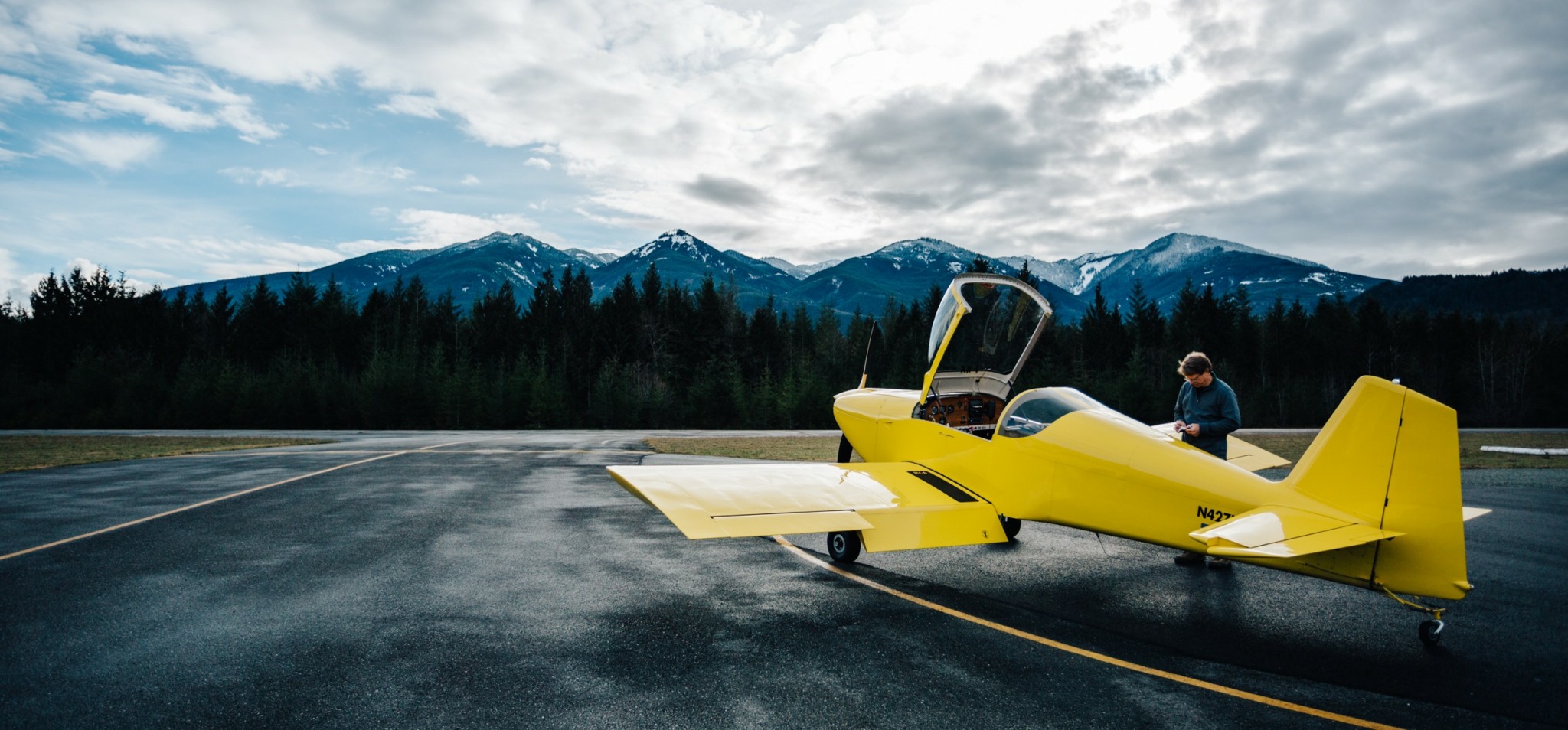We recently connected with John Scurlock and have shared our conversation below.
John, thanks for taking the time to share your stories with us today So let’s jump to your mission – what’s the backstory behind how you developed the mission that drives your brand?
I’m a single person company. I do aerial photography of mountains and glaciers across western North America. My images have appeared widely in films, books, magazines, scientific journals, and in/on various digital media. I am by no means highly profitable. What I have done and accomplished is based on my long-held interests in climbing/skiing, aviation, and photography. It’s been driven by obsession and a single minded determination to fly to and photograph some of the most remote and wild mountainous terrain in North America. I’m not a great self promoter. I prefer to let my work speak for itself. I have an underlying theory about success, and it goes something like this: The one thing that every “accomplisher” has in common is that, to a great degree, they possess that same element of obsession, and thus they’ll pursue their “mission” single-mindedly and to the highest standard that they can muster, to the exclusion of any distraction.
I cannot, unfortunately, tell anyone my “secret”, because it’s a mystery to me in many respects. I don’t entirely know where it comes from. All I can do is relate my history, and perhaps folks can gain insight from that. I was somewhat of an aimless child, not well focused and without a work ethic. I had middling grades in school and in college – until the latter part of my undergraduate years, where I learned to bear down, study, and get results. I have two degrees in Forestry, but never worked in that field professionally. At a time in my twenties when I was unemployed, I switched to emergency medicine and became a paramedic, which I did for thirty-five years. I worked in hospital emergency rooms for nine years. I was a flight paramedic for two years, and I was a firefighter/paramedic for a municipal fire department for twenty six years. That career forced me to learn to focus, concentrate, and function at a high level in extremely complex and stressful environments. It also taught me to absolutely never let anyone out-work me. All of this has contributed to my ability to conduct my aerial photography in challenging, wild terrain, while simultaneously piloting the plane that I built myself from a kit over a nine year period in the 1990s. I’ve been retired since late 2015, I turned 70 last year, and I’ll probably fly until I’m 75. I’m wise enough to know when to quit.
My aerial photography is predominantly self-taught, although I did have several important mentors – Austin Post, the legendary USGS aerial photographer of mountains and glaciers, and Dr. Kevin Scott, renowned scientist and expert in lahars, landslides, and volcanic processes, at the Cascades Volcano Observatory/USGS in Vancouver, Washington. They both provided support and guidance for involvement in research of volcanoes, glaciers, and geological processes. They were also instrumental in revealing and advocating my photography to the climbing and skiing communities, where I enjoy a loyal following to this day. The path I have followed, as described above, is not something that too many others will strive for or be able to duplicate, because I feel I was fortunate to be in the right place at the right time. But I will say that, as I have mentioned, those that wish to place themselves into the category of Accomplishers, in whatever field of endeavor, will almost certainly have those same qualities of obsession, determination, and professionalism that I have cultivated in myself – the necessities, as I see it, for success in business and in life.
Thank you for taking the time to let me “mini-rant” on this soapbox!
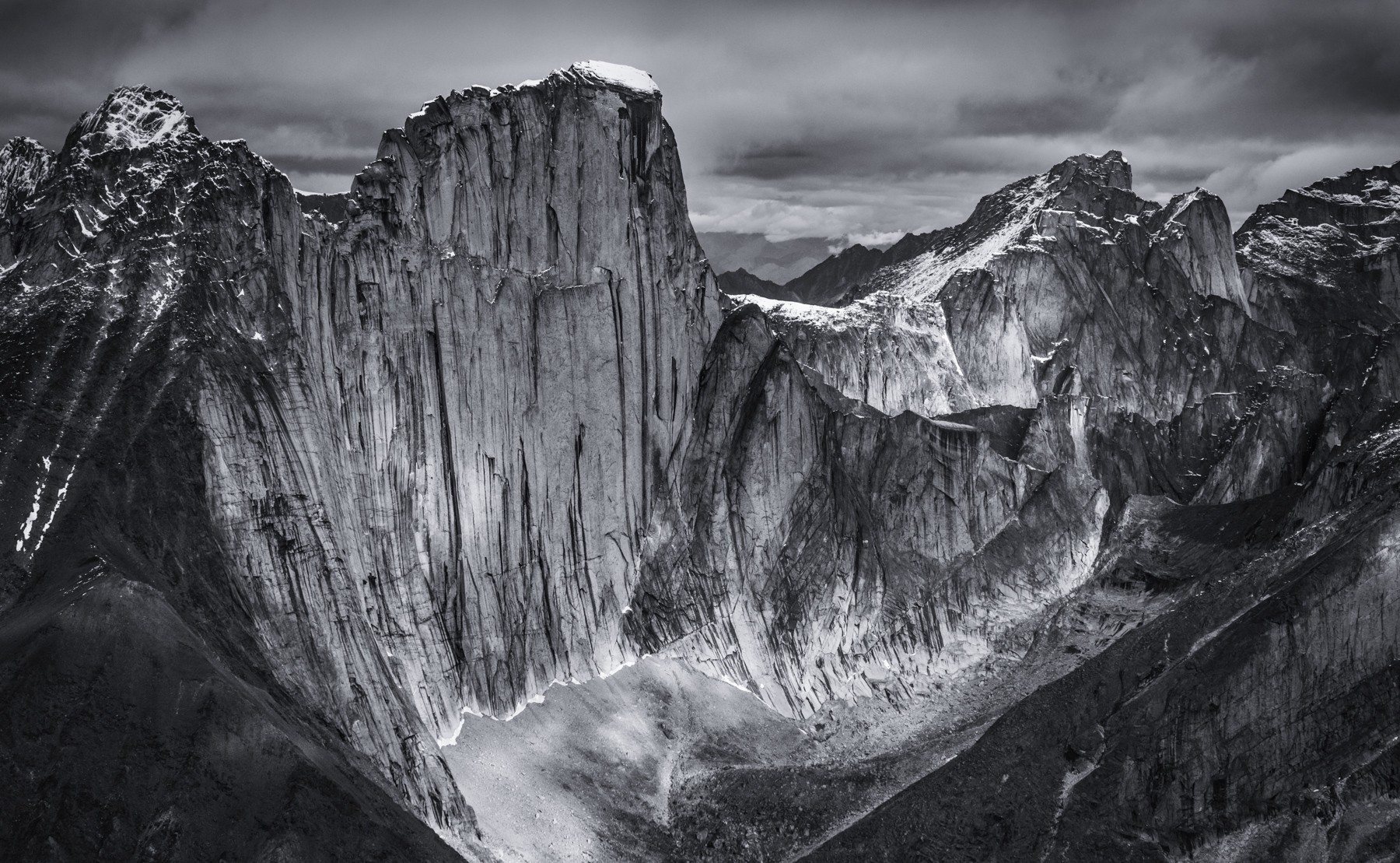
John, love having you share your insights with us. Before we ask you more questions, maybe you can take a moment to introduce yourself to our readers who might have missed our earlier conversations?
Please also refer to the previous panel. My skill-set as an aerial photographer is such that people come to me with requests for images of certain geographic features such as mountains, volcanoes, glaciers, that sort of thing. Often it will involve a search of my personal archive, or it may require a special flight to obtain certain imagery. Occasionally I’ll get requests to photograph certain mountain-top structures or equipment, such as fire lookouts or radio antennas. I’ve been asked to photograph remote seismographic equipment, so as to assist in determining why a malfunction has occurred.
The things I’m most proud of include working as the primary aerial photographer on the long-running research about the volcano Mount Baker, in Washington State, which resulted in the publication of a major USGS scientific monograph. I worked with scientists on that project for more than fifteen years.
I also completed a project to photograph all the glaciers in the lower 48 states, from 2007 to 2018, sponsored by Portland State University, USGS, Colorado State University, and the National Park Service.
Several of my images appear in a book entitled Fifty Classic Ski Descents in North America – a book which has triggered efforts by extreme skiers to ski all fifty of these rather challenging descents. I was also a major contributor to a book called The Ski Guide to the Coast Mountains of British Columbia.
I’m very proud that my images have appeared regularly in the American Alpine Journal. I’m incredibly fortunate to be in the position of having had some significant impact on climbing in the western US and Canada. It’s humbling, to be honest, something I never could have anticipated.
I was honored to fly a New York Times photojournalist so that she could photograph for a big project that they did in 2012, Snow Fall: The Avalanche at Tunnel Creek, which won a Pulitzer Prize. Full disclosure, I’m now married to that same photojournalist, three-time Pulitzer Prize-winning photographer Ruth Fremson (we met on that 2012 flight).
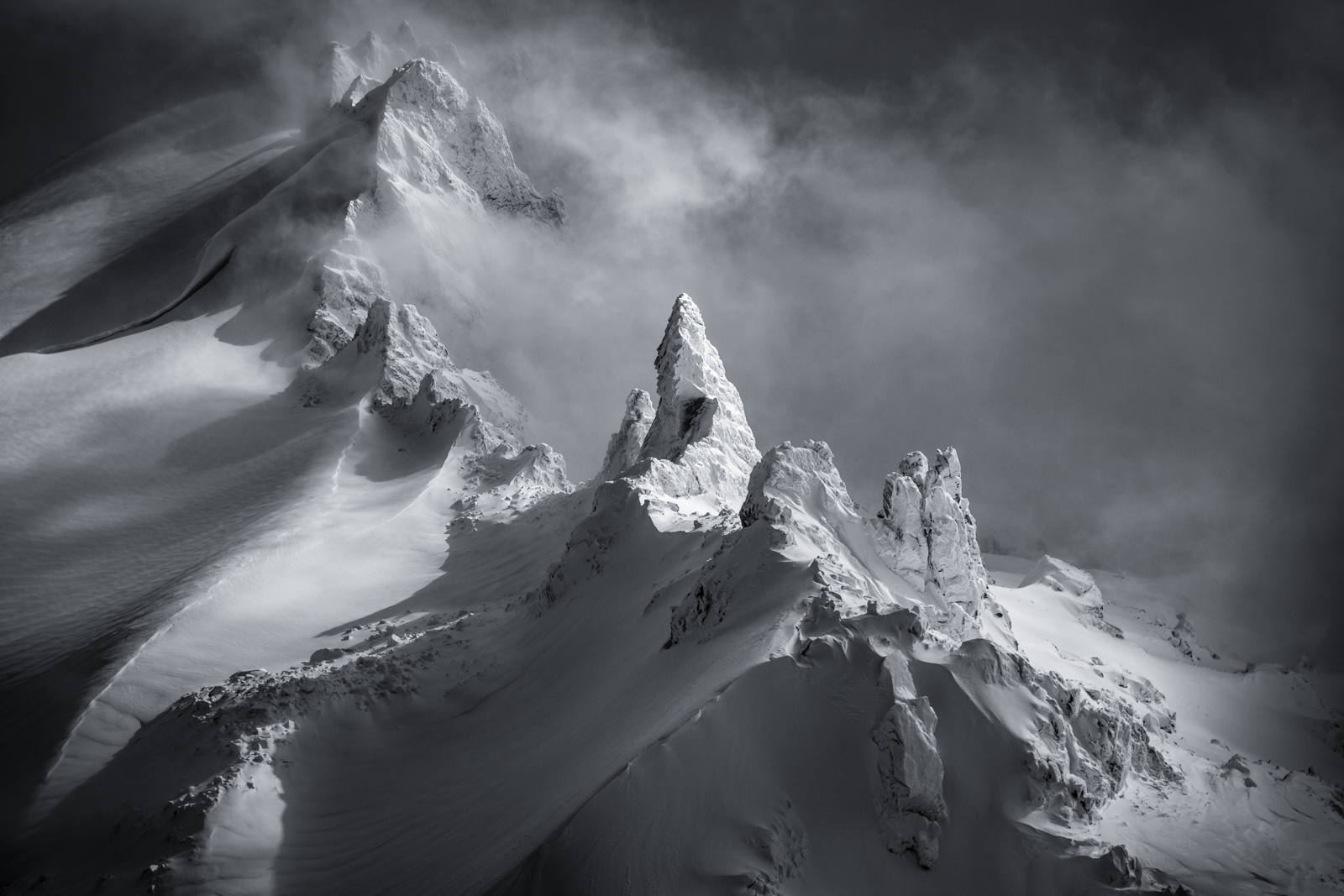
We’d love to hear a story of resilience from your journey.
This is not a single story but it’s the result of many incidents over my career as both a pilot and a paramedic. It goes like this: When your work situation goes to hell, when the shit is hitting the fan, do the following – stop what you are doing, control your emotions, step back for a brief moment, simplify your process, go back to basics. If C isn’t working, go back to B and do that as best you can. If B isn’t working, go back to A and do that as best you can. As a paramedic, I was often in chaotic conditions with life-threatening implications. It was my job to maintain composure and direct patient care when everyone else around me was malfunctioning. This is not something you can learn and do on Day One. It comes from experience. But in the end you have to be able to look yourself in the mirror and say, I did my best. This most certainly applies to aviation as well. Always conduct yourself as a professional, and, of course, Fly The Airplane – no matter what else is going on around you.
Once, when I was working as a flight paramedic, we had a woman in premature labor (27 weeks) deliver in the helicopter, at night, over Seattle, while we were dealing with what the pilot thought was an engine emergency (we’d lost one of the two engines of the helicopter). We did a so-called running landing at Boeing Field in Seattle, because the pilot could not hover the helicopter to a landing with only one engine. We did CPR on that preemie infant, both at Boeing Field in the dark, and in a harrowing ambulance ride to Children’s Orthopedic Hospital in Seattle. That baby survived, as I got a birth announcement six months later (it had been in the Neonatal ICU for four months). Eighteen years later, I got a high school graduation announcement for that kid – she went on to become a nurse, specializing in OB-GYN. This was the single most stressful situation I faced as a paramedic, and that’s really saying something. I came away from it with a deep sense of maintaining control of those things I actually had control over, and accepting that there were a lot of factors which I had absolutely no control over. It was a life altering event, that affected the rest of my career as a medic, and continues to affect me as a pilot to this day.
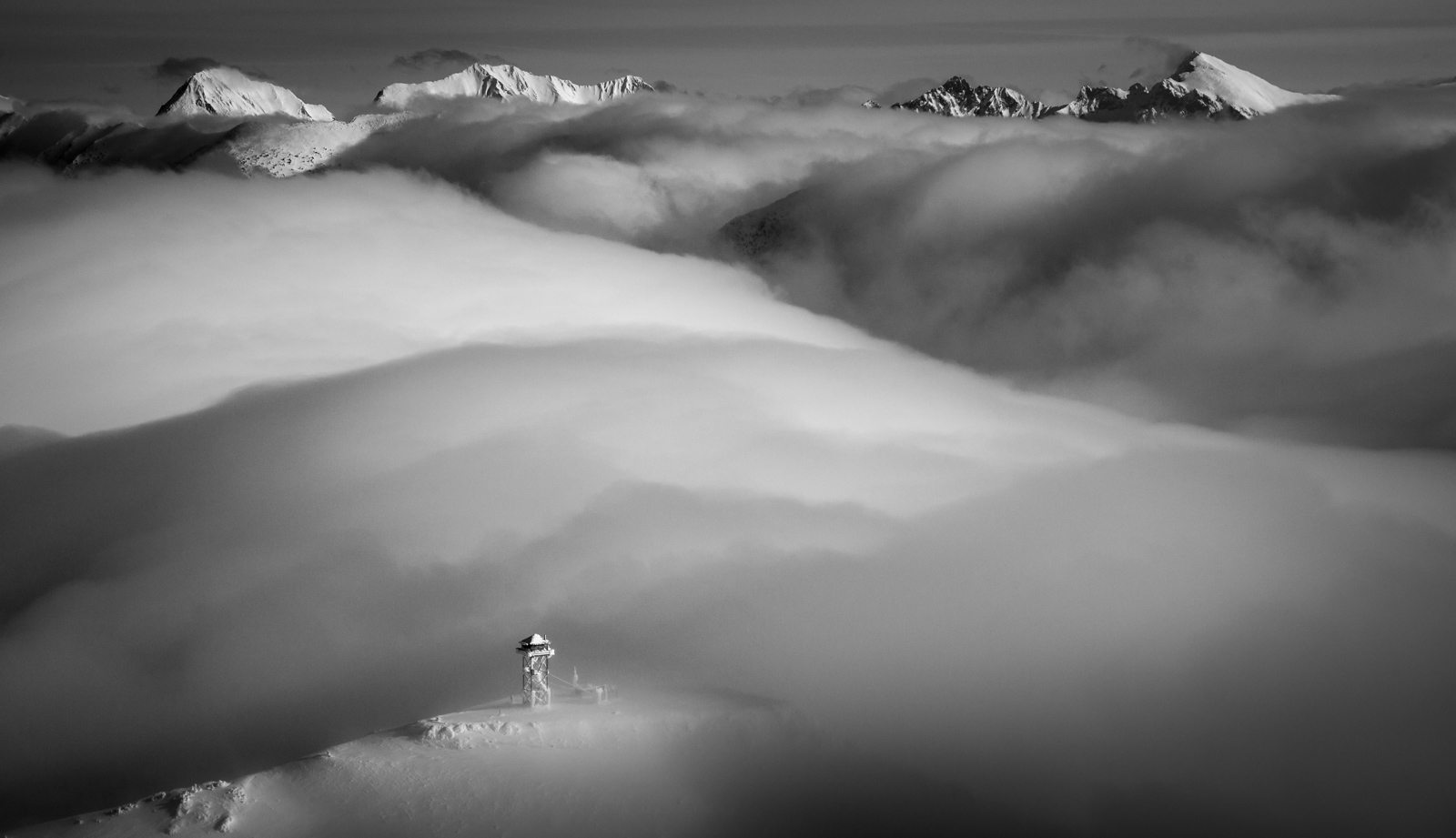
We’d love to hear your thoughts on NFTs. (Note: this is for education/entertainment purposes only, readers should not construe this as advice
I was skeptical of NFTs to begin with, and though I took the steps to make NFTs, I held back out of caution, and then the initial boom turned into a bust. I still own about $200 worth of bitcoin and ethereum, but I view crypto with a great deal of skepticism, and consider it to be greatly risky for fraud and monetary loss.
It reminds me of one of my main aviation lessons, that I tell everyone: I’m alive because I turned back…. and it’s corollary, I’m alive because I hesitated.
Contact Info:
- Website: jaggedridgeimaging.com, pbase.com/nolock
- Instagram: john_scurlock
- Facebook: I’m on FB but as of January, 25, I’m in the process of deleting all my content, and I no longer engage or participate.
- Twitter: I’m not on twitter. I closed my account
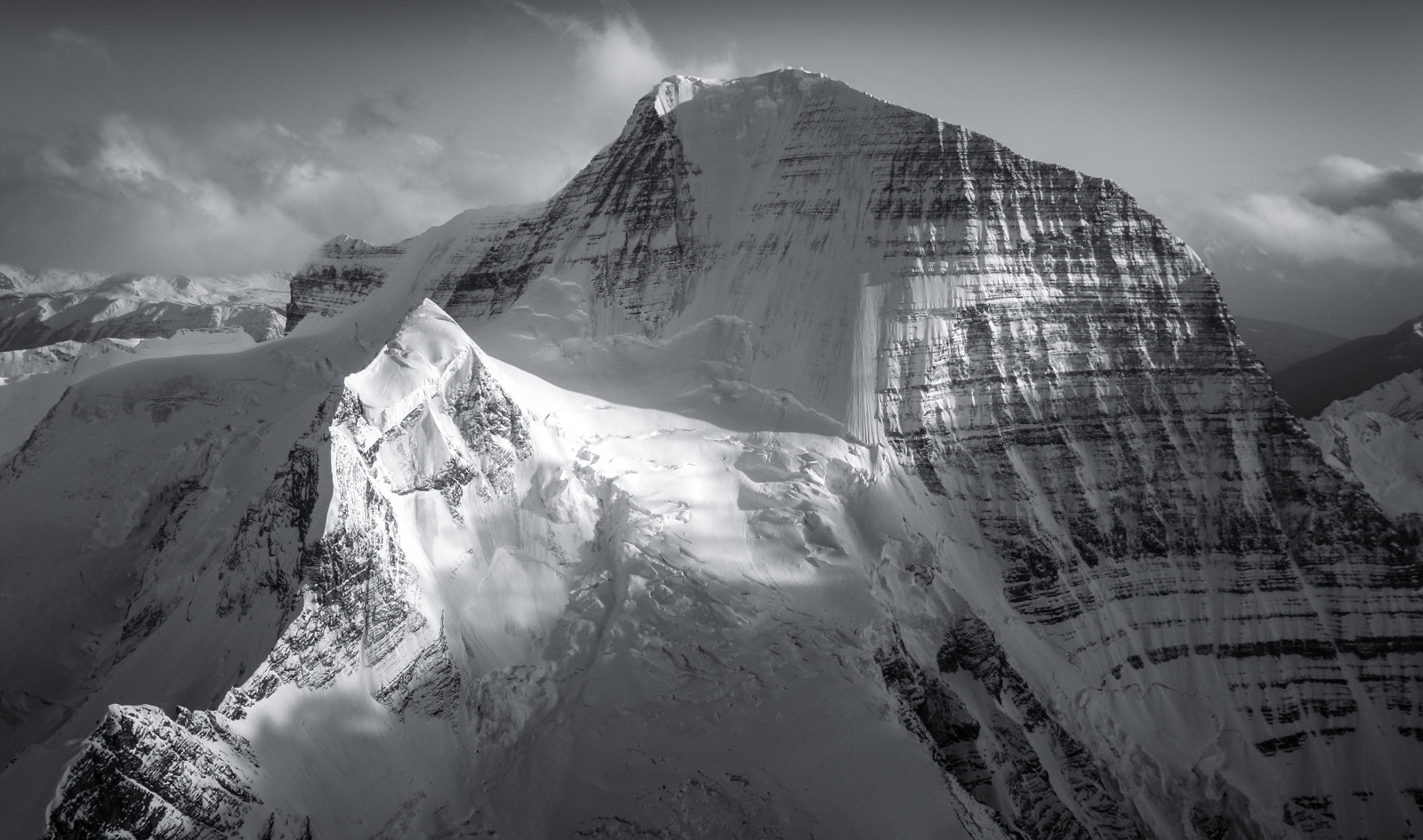
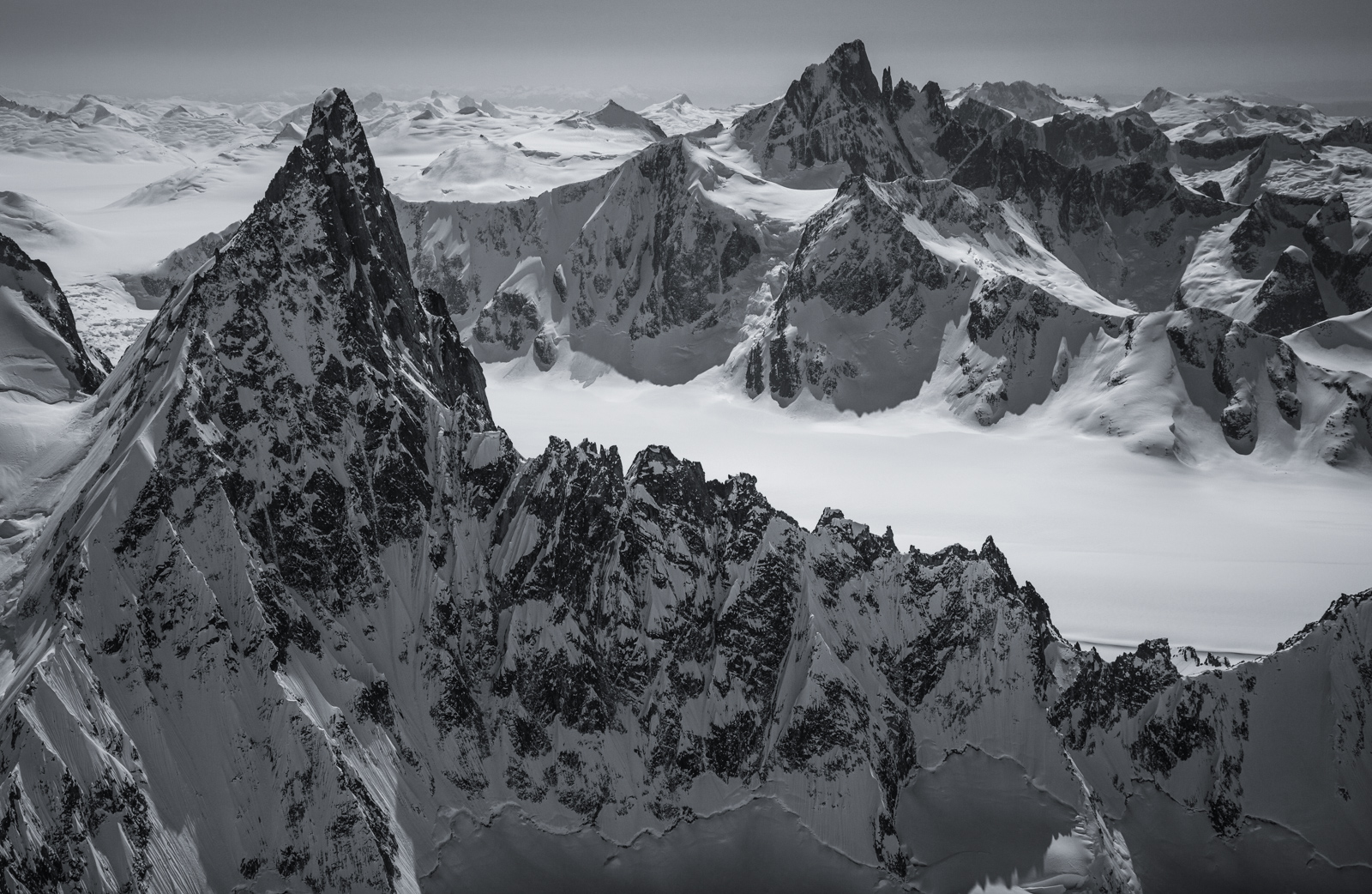
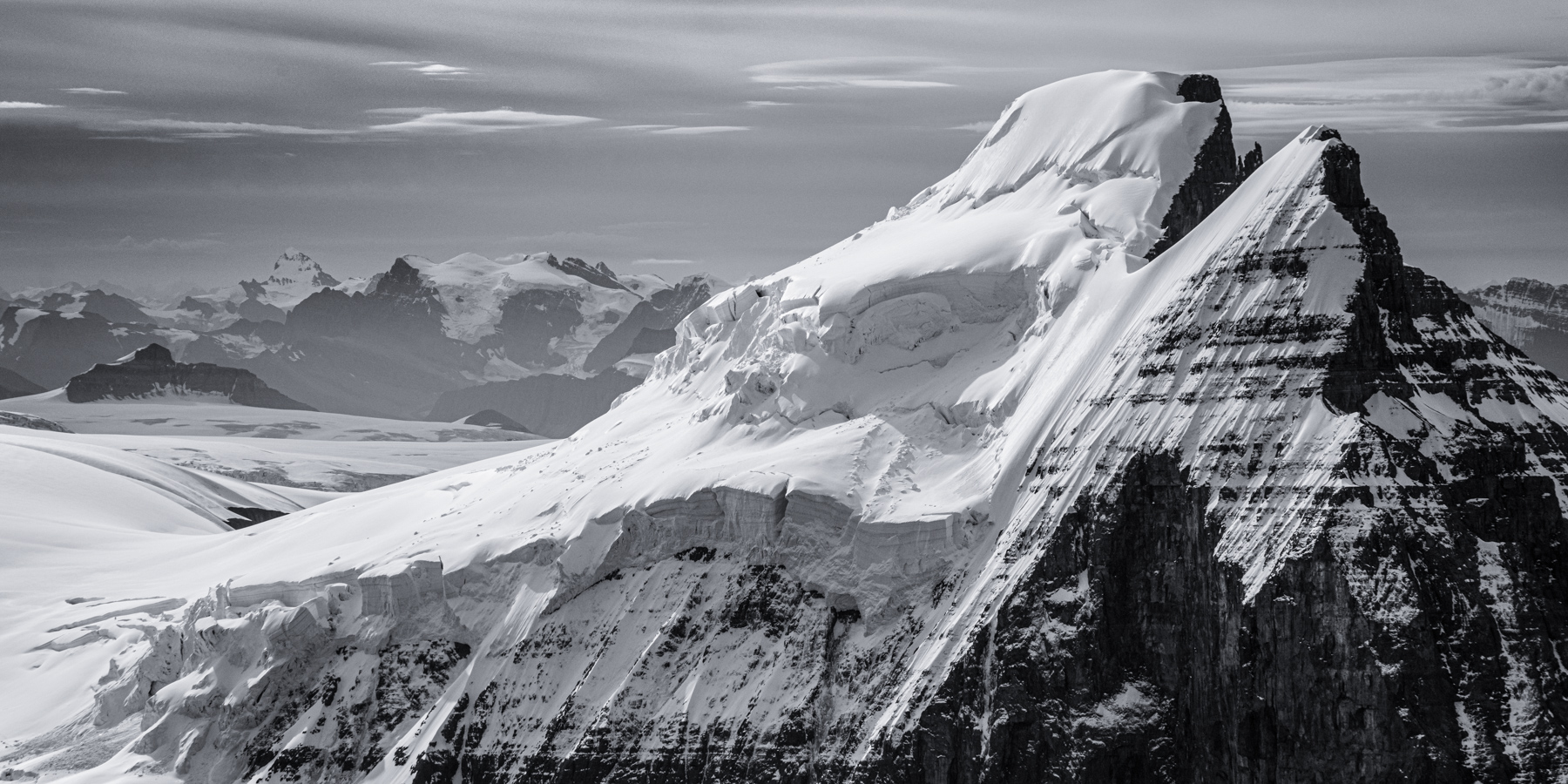
Image Credits
Amanda Abrashi (JS with plane only, all other images by John Scurlock)


